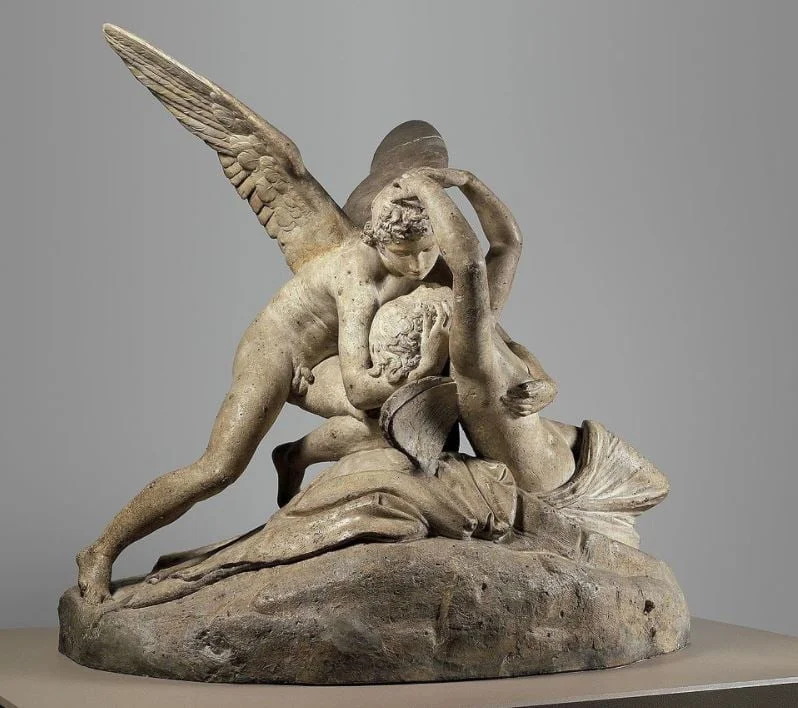One of the most amazing artworks created by Italian Neoclassical artist Antonio Canova is somewhat of a contradiction of his own style. In this post, we’ll take a closer look at Psyche Revived by Cupid’s Kiss, an extraordinary sculpture!
1. It was originally commissioned by a Welsh politician
This magnificent marble sculpture was created by Antonio Canova, one of the most renowned artists of the time, between 1787 and 1793. It was originally commissioned by Colonel John Campbell, a Welsh politician, and avid art collector.
What’s remarkable is that he bought several sculptures from the young Canova but somehow never received them. This was also the case for the statue of Psyche and Cupid.

2. It depicts a story from an ancient Roman novel
The sculpture depicts a very popular theme in the world of art which is a story from an ancient Roman novel. This novel was originally called “The Metamorphoses of Apuleius” but is better known as “The Golden Ass.”
This novel dates back to the late 2nd century A.D. and is remarkable the only ancient Roman novel that has survived in its entirety. It tells the story of Lucius, a man who is transformed into an ass and experiences a wide variety of adventures (yes, this is really the storyline).
The tale of Cupid and Psyche is one of the many stories in the book and the best-known through various other mentions in literature and depictions in works of art.

3. It captures the moment shortly after Psyche awakens
The story in the ancient Roman novel revolves around Psyche who is given a jar by Venus. This jar contains a scrap of beauty from Proserpina, an ancient Roman goddess, and Psych was explicitly told not to open it.
As her curiosity got the best of her, she opened it, but instead of finding the “Imprisoned Treasure of Divine Beauty,” it was filled with the “Sleep of the Innermost Darkness.” This instantly knocked her out into a state of permanent unconsciousness.
The statue depicts the moment shortly after Psyche is awakened by the kiss of Cupid and the prick of his arrow.
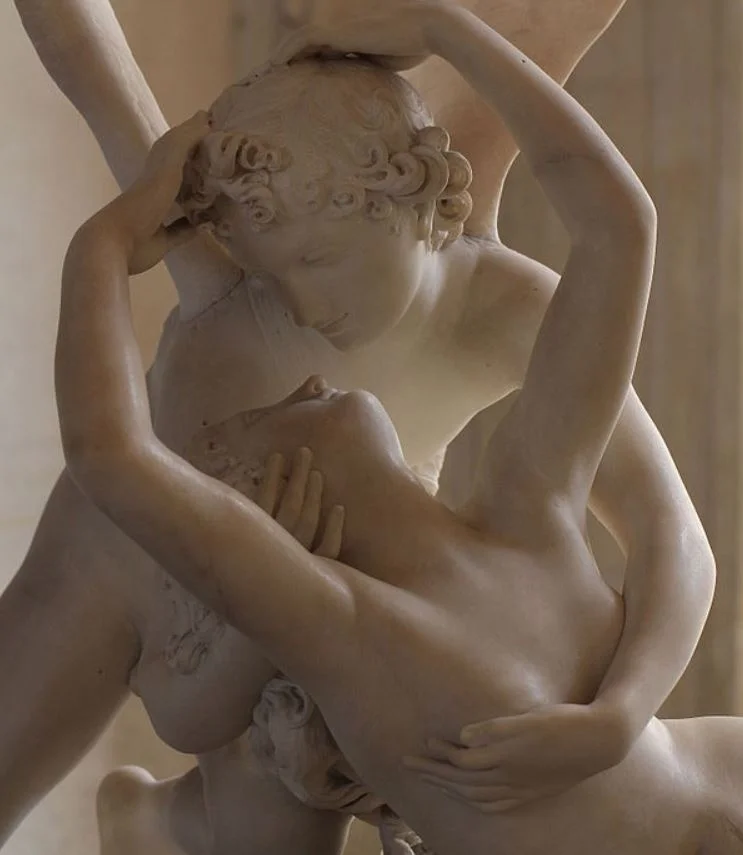
4. The jar that Psyche opened is just behind her
Apart from seeing the moment that Psyche awakens after being kissed by Cupid, there are some more hints that refer to the story.
One of these is the arrow of Cupid which is situated near the feet of Psyche. The most prominent element is the jar that she opened before falling asleep which is located just behind her, alluding to the fact that she took a peek into it before passing out.
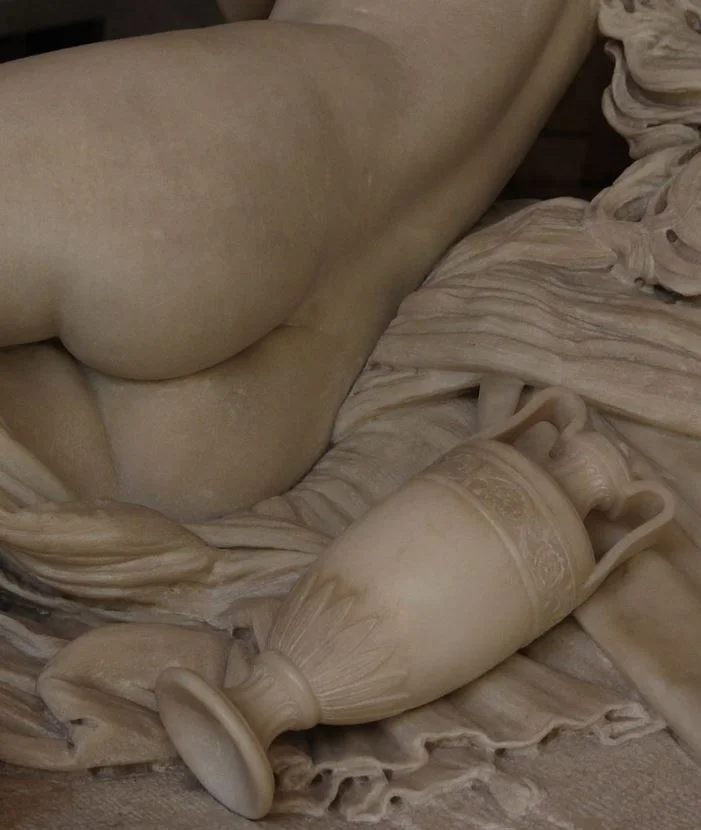
5. It’s not exactly in line with other Neoclassical sculptures
Even though this artwork is considered to be one of the ultimate masterpieces of Neoclassical sculpture, it’s not really in line with other works of this art movement which lack the emotional intensity of this sculpture.
In that sense, it can be considered a precursor of works of art of the Romantic movement which emerged in the early 19th century.
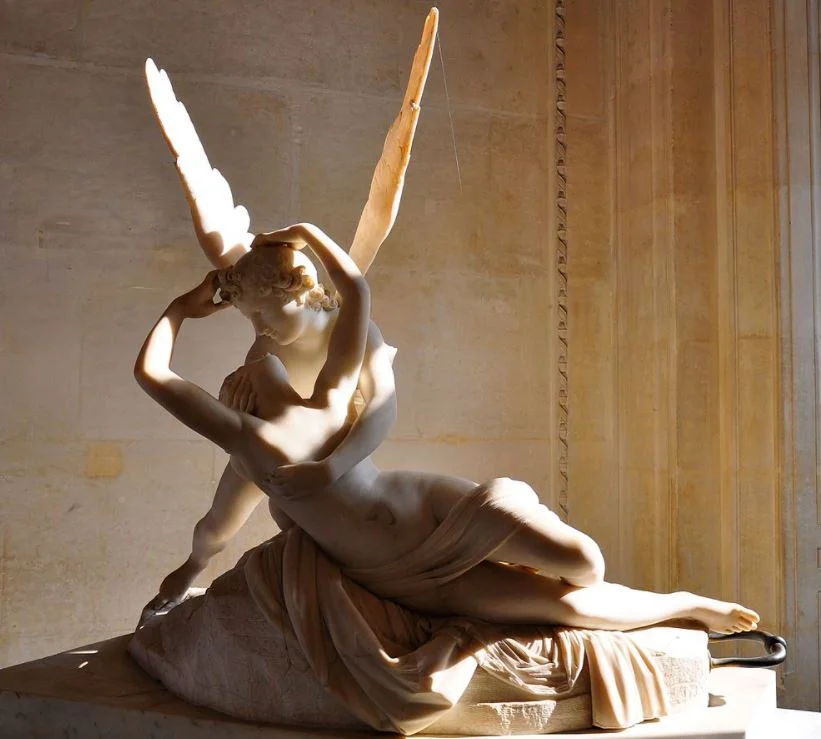
6. It emphasizes the remarkable talent of Antonio Canova
The remarkable talent of Antonio Canova is emphasized by several elements of this marble sculpture:
- The extremely smooth skin of both Cupid and Psyche.
- The drapery appears rougher which further accentuates the smoothness of their skin.
- The extreme details of the hair of both and the wings of Cupid appear as fine curls.
- The rough texture of the rock on which the statue rests.
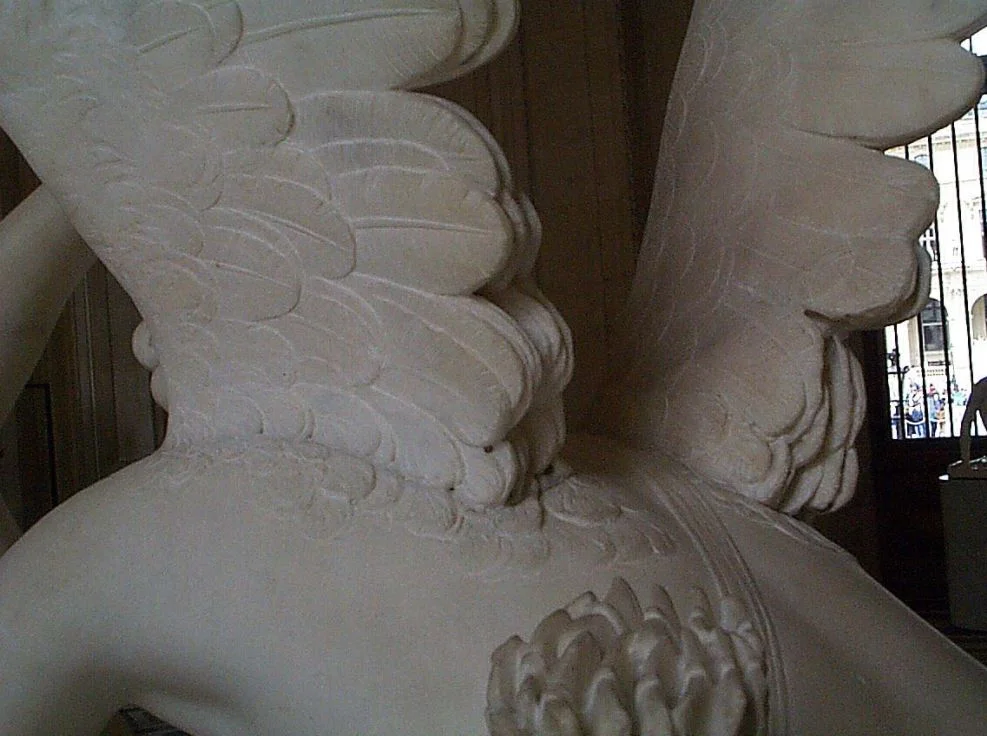
7. Not everybody was a huge fan of the sculpture
Regardless of the fact that Psyche Revived by Cupid’s Kiss is considered to be one of the ultimate masterpieces of Neoclassical sculpture today, not everybody has regarded it as such.
One of the main critics was contemporary German art critic Karl Ludwig Fernow (1763-1808), a man who didn’t appreciate that the sculpture doesn’t have a single viewpoint.
His complaint was that you must walk around the statue multiple times to capture each element, and even then you get lost trying to find the two faces of Psyche and Cupid in a single shot.
As time went on, however, this particular work strengthened its status as one of the most amazing works of art ever created!
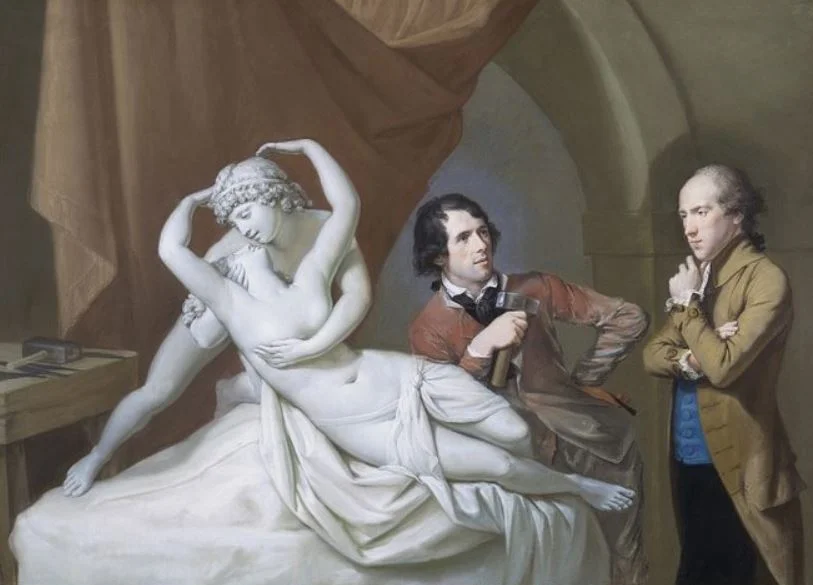
8. There are 3 versions located in museums around the world
Antonio Canova ran a very successful studio and as with many of his works, he created a total of 3 versions of Psyche Revived by Cupid’s Kiss which can be found in some of the most famous museums in France, the United States, and Russia.
The first version (1787-1793) never made it to the collection of Welsh politician John Campbell and was purchased in the year 1800 by Napoleon’s brother-in-law named Joachim Murat. This is eventually how it ended up in the collection of the Louvre Museum in Paris in the year 1824.

Psyche Revived by Cupid’s Kiss in Saint Petersburg
The second version of this particular work of art was completed in the year 1796 for Prince Nicholas Youssoupov, a Russian nobleman and art collector. This work can now be found at the Hermitage Museum in Saint Petersburg.
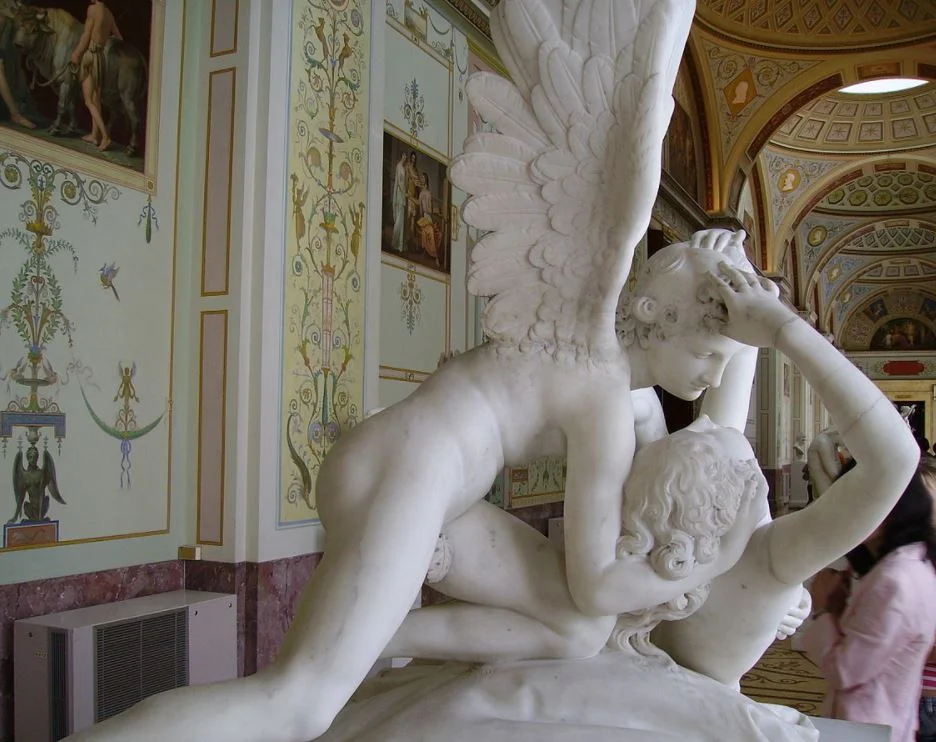
Psyche Revived by Cupid’s Kiss in New York
The third version is a full-scale model of the version in Saint Petersburg that was prepared in the year 1794. This plaster model was inherited by one of Canova’s assistants and served as the model for multiple other statues. It is now located at the Metropolitan Museum of Art in New York City.
